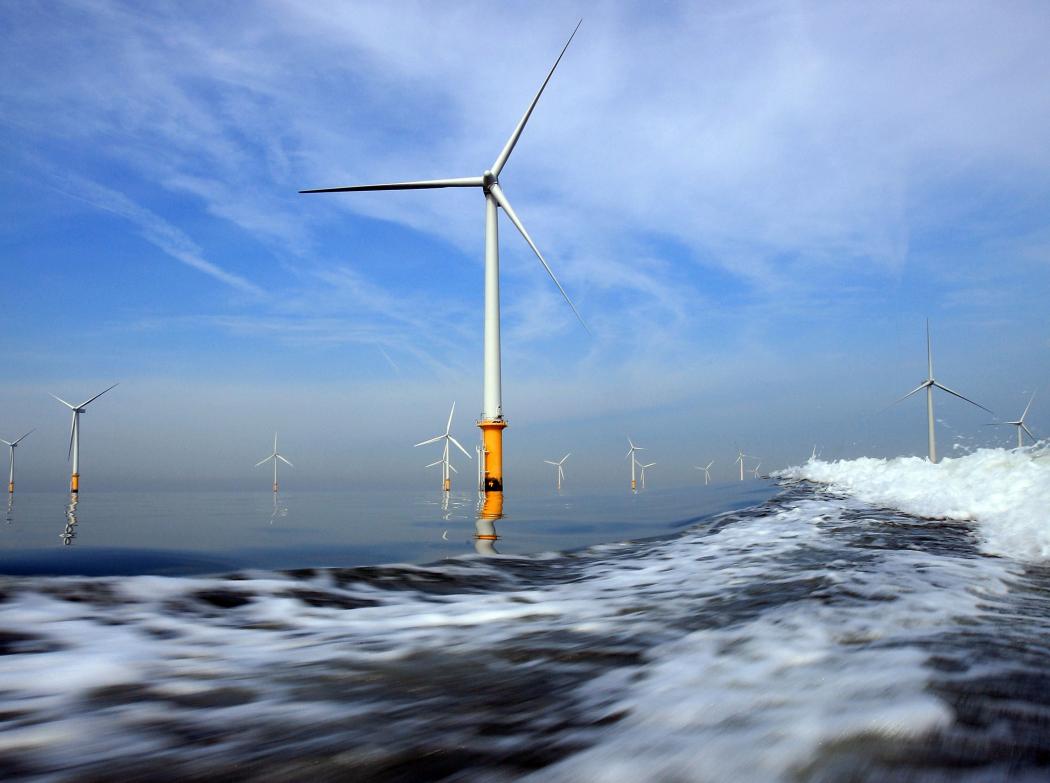Germany added more than three times the amount of offshore wind capacity in the first six months of this year than in the same period of 2014 and the country looks set to reach half of its 2020 offshore target of 6,500 megawatts later this year.
After regulatory hurdles and questions over onshore connections were cleared, investors have warmed to the technology, helping Germany in its ambitious plan to use more renewable power, Reuters reported.
Data from engineering association VDMA showed 1,765 MW of new offshore capacity were installed in the first six months of 2015, compared with 492 MW in January-June 2014.
Current permissions and construction activity mean capacity additions for the whole of 2015 are likely to reach 2,250 MW, which would take overall installed capacity to 3,300 MW.
"The expansion is going ahead with further projects," said Joerg Buddenberg, chairman of VDMA's offshore wind committee.
"Units with a capacity of 704 MW are under construction at nine projects and final investment decisions have been taken at five further projects," he added.
But VDMA said investors needed clarity about future network connections in order to look beyond 2020, because offshore projects need long lead times and limited access to onshore connections would hamper their ability to compete.
"Should the access to networks become a bottleneck again, then cuts to production costs, which is the aim of introducing more competition, would be unnecessarily hindered," said Joerg Kuhbier, chairman of the non-profit Offshore-Windenergie Foundation.
Renewable legislation planned by the government for 2016 is due to change the fixed-price schemes of the past to auction-based models, bringing green energy gradually into the wholesale power market, away from a costly era of subsidies.
These subsidies have allowed operators to overcome initial problems and costs of the new technology and exploit the advantages of big turbines and steady winds far out at sea.
Some 89% of Germany's total operating 668 turbines are located in the North Sea and the rest in the shallower and less windy Baltic Sea.
Companies such as Siemens, ABB and Alstom are vying to provide transmission technology for onshore grid companies TenneT and 50Hertz that receive and distribute the electricity.
But offshore wind in Europe so far provides only 1% of total power needs, remaining a niche technology for the time being.


